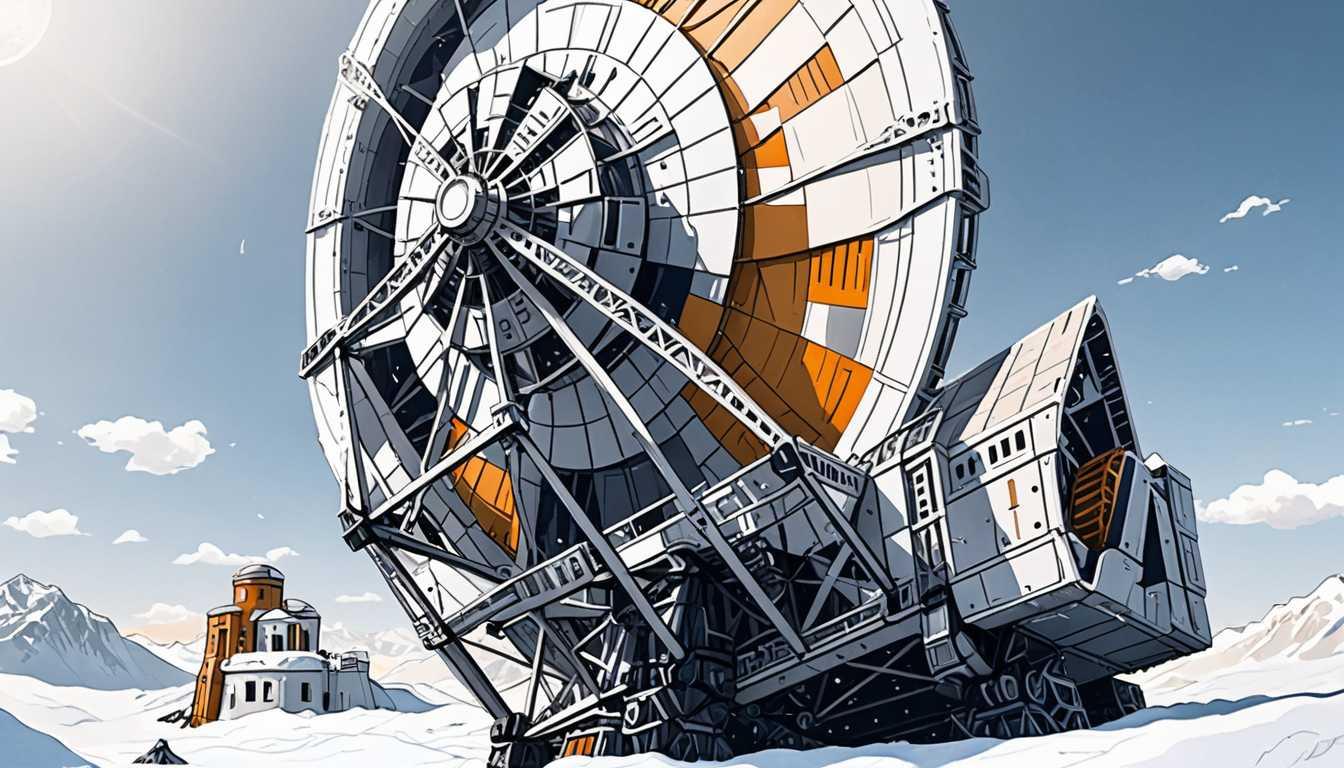Sounds of Exploding Stars: A Student's Journey
May 2024
Caltech - Research News
Introduction
Hey there, cosmic explorers! Dive into the fascinating world of soundscapes as a high school student captures the explosive symphony of stars. This article from CellImage takes you on an auditory journey through the universe—who knew space could sound this cool? Get ready to be inspired and maybe even start your own star-studded project!
READ FULL ARTICLEWhy It Matters
Discover how this topic shapes your world and future
The Symphony of the Cosmos
Imagine if the vastness of space could be heard instead of seen! Vanya Agrawal, a high school student, has merged the worlds of music and astrophysics in a groundbreaking way—by turning supernova data into music. This fascinating approach, known as data sonification, transforms numbers and measurements from the universe into sound, creating a unique auditory experience. This matters because it not only makes complex scientific concepts more accessible to everyone, but it also invites people who might not be interested in science to engage with it in a fun and creative way. On a global scale, this innovative blend of art and science can help bridge the gap between disciplines, encouraging collaboration and sparking interest in STEM fields. Plus, as you explore your own interests, think about how combining seemingly unrelated passions—like music and science—could lead to your own unique discoveries!
Speak like a Scholar
Data Sonification
The process of converting data into sound, allowing information to be interpreted through auditory means rather than visually.
Supernova
A powerful and luminous explosion that occurs when a star reaches the end of its life cycle, often resulting in the star's complete destruction.
Luminosity
The amount of light emitted by a celestial object, such as a star or supernova, which can be related to its brightness.
Redshift
A phenomenon where light from an object is stretched to longer wavelengths, indicating that the object is moving away from the observer, in astronomy, it helps determine how far away a star or galaxy is.
Parameters
Specific measurable factors or characteristics in a dataset that can be analyzed or manipulated, such as time, volume, or pitch in Agrawal's music.
Interdisciplinary
Involving two or more academic disciplines, in this case, the blending of music (art) and astrophysics (science) to create something new.
Independent Research Ideas
The Impact of Sound on Learning
Investigate how different types of music or soundscapes affect student learning and concentration, exploring whether sonified data can enhance understanding of complex topics.
Artistic Interpretations of Scientific Data
Create your own sonification project using a dataset from a different field (like climate change) and analyze how artistic choices influence audience engagement and understanding.
The Role of Technology in Education
Examine how innovative technologies, like sonification tools, can be integrated into classrooms to make science more accessible and engaging for diverse learners.
Cultural Perspectives on Music and Science
Research how different cultures interpret and represent scientific concepts through music and art, comparing these interpretations to Agrawal's approach.
The Future of Data Representation
Explore potential future technologies that could automate sonification processes, discussing the implications for real-time data interpretation in fields like astronomy and environmental science.
Related Articles

Unveiling Cosmic Teen Secrets
August 2023
Stanford University

Unlocking the Universe: The Rubin Telescope
December 2024
Harvard Gazette

Exploring Exoplanets: The TRAPPIST-1 Journey
July 2024
MIT News

SDSS1335+0728: A Black Hole Awakens!
June 2024
Caltech - Research News

Solar Sleuths: Unraveling Corona's Heat
May 2023
Colorado University